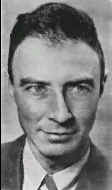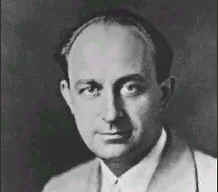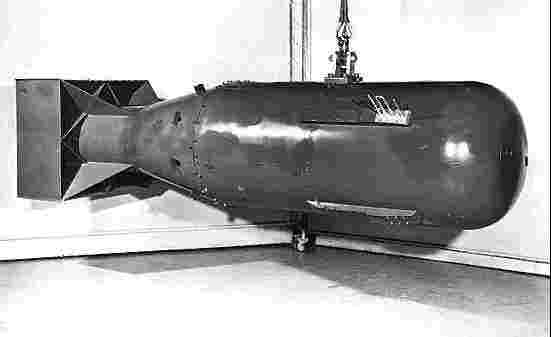FACTS ABOUT ATOMIC BOMB
| First Atomic bomb was made at the end of the WW2. |
| The first a-bomb was dropped on Hiroshima and Nagasaki. |
80.000 people were killed in Hiroshima. And 68.000 were injured.
| 2/3 of the city were destroyed. | |
| Destructive power of bomb was 20.000 tons of TNT. | |
| 44% of Nagasaki were destroyed. 35.000 people were killed, 5000 were missing, 60.000 were injured. | |
| After 2 bombs 115.000 people were killed, 9000 were missing, 128.000 were injured. And radioactivity is still present, and it will be in the next 20-50 years. |
| After war there were experimental explosions on Bikini island, then in Nevada, Eniwetok. |
| Among the countries possessing Nuclear weapons are: |
USA, Russia, Great Britain, France, Canada, India, China.
| Among the atomic weapons are: A-bomb, H-bomb, radioactive materials. |
CREATORS OF THE ATOMIC
BOMB



The first nuclear bomb was detonated on July 16, 1945, at
Alamogordo,
New Mexico. The
second and third bombs fell on Hiroshima and Nagasaki
in Japan on August 6
and August 9, respectively. They were products of the
"Manhattan
Project," the $2 billion wartime effort by U.S. and British
scientists and the
U.S. Army to build a weapon that would "end the war."

At its peak,
about 160,000 people worked on the project in more than 25
sites across
the United States. No one person can be completely credited
with the
invention of nuclear weapons. A few key figures:
In 1933, a
Hungarian scientist working in England, Leo Szilard, first
theorized that
enormous amounts of energy could be released by a nuclear
"chain
reaction."
In December
1938, German scientists Otto Hahn, Fritz Strassmann, Lise Meitner, and Otto Frisch
discovered nuclear fission in uranium, the heaviest
natural
element. The fissioning produced a tremendous release of energy;
because a very
small amount of uranium was involved, no one was
endangered.
Szilard, who
had come to America to conduct chain-reaction research, was
convinced that
Hitler would attempt to build an "atomic" bomb. He believed
that the
United States ought to do it first. However, Szilard lacked the clout
to get a bomb
project going. He and fellow Hungarians working in the
States, Eugene
Wigner and Edward Teller, persuaded Albert Einstein, the
world's most
famous scientist, to write a letter to President Franklin D.
Roosevelt.
Dated August 2, 1939, the letter said that it was conceivable
that
"extremely powerful bombs of a new type might be constructed."
Einstein urged
the government to help university scientists with their research
into chain
reactions. He also implied that Germany might be working on
chain
reactions.
In June 1942,
the army took over the task of organizing all chain-reaction
research into
a full-blown bomb program, code-named the Manhattan
Engineer
District. Gen. Leslie R. Groves, the man who had just built the
Pentagon, was
in charge of the top-secret project.
Enrico Fermi,
a Nobel Prize-winning emigre from Italy, presided over the
first
self-sustaining manmade nuclear chain reaction, which took place
December 2,
1942, at the University of Chicago. University of California
physicist
Robert Oppenheimer became scientific director of Los Alamos
National
Laboratory.
BACK
NEXT